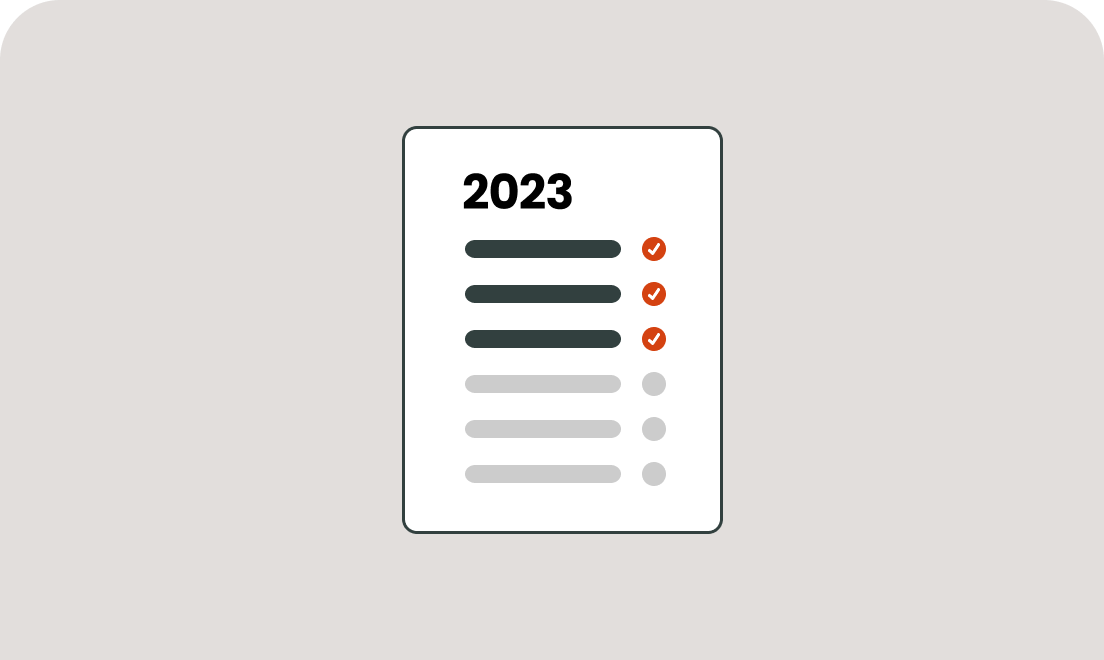Blog
Why 2023 could be a breakout year for open banking (A2A) payments
January 24, 2023
Editorial Team

Globally, open banking is at an inflection point. More than one hundred countries have either already introduced open banking regulations, or — like the US — are discussing doing so, and the space is experiencing an annual growth rate of 175%. In addition, a great deal of innovation has already happened behind the scenes, with hundreds of fintechs, banks, and incumbent payments businesses laying the groundwork for a new wave of innovation.
We think open banking-powered payments (also known as account-to-account or A2A payments) are on the cusp of true hockey-stick growth that will make it a standard payment method alongside credit cards and digital wallets.
Also read: What is open banking and how am I already using it?
So will 2023 prove to be a pivotal moment in open banking payments adoption? Let’s take a look at some of the catalysts.
Open banking and competition-friendly legislation is gathering momentum
Two proposed regulatory changes are already in discussion that should be major drivers of open banking in 2023.
First, the Consumer Financial Protection Bureau’s (CFPB) recently announced its intention to strengthen consumers’ access to, and control over, their financial data through the release of proposed personal financial data rights in late 2023. Unlike legislation in other parts of the world (such as PSD2 in the EU), which are specifically designed to promote open banking, the proposed personal financial data rights are not explicitly an “open banking” rule. However, it is likely to accelerate adoption in two ways:
It will give entrepreneurs, fintechs, and other businesses a powerful signal that regulators want to encourage more innovation and competition in financial services by making financial data more accessible.
As these innovative businesses roll out new products and services, consumers will have more choices available for financial services and payments, and this will in turn encourage them to expect better financial services and payment options.
Furthermore, the Credit Card Competition Act is a proposed piece of legislation that aims to increase innovation by addressing practices that limit competition. It includes provisions that will require credit card companies to disclose information about their fees, interest rates, and other terms and conditions.
In addition to these two pieces of proposed legislation, the Federal Trade Commission (FTC) recently ordered Mastercard to offer a choice of at least two networks over which an electronic debit transaction may be processed, in an effort to bring more competition to the debit card payments space also.
These regulatory changes will make consumers more aware of the true amount of the enormous (and largely hidden) costs of credit (and debit) card swipe fees — at between 3-5%, the highest in the world. And it will encourage fintechs and businesses to offer more cost-effective pay-by-bank options for better-informed customers.
Businesses are pushing back on swipe fees
It isn’t just regulators who are fed up with exorbitant swipe fees. The legislative efforts are backed by a number of businesses, including Walmart, Target, Kroger, convenience stores, and independent grocers. In a letter to legislators, the coalition of businesses noted that “Swipe fees for credit cards are higher in the United States than anywhere else in the industrialized world — more than seven times as high as Europe. They are an inflation multiplier.”
And some businesses are taking matters into their own hands even in countries where fees are far lower. In the UK last year, Amazon threatened to ban UK-issued Visa cards due to excessive fees.
Customers will help drive adoption as businesses innovate to beat the downturn
We may or may not see a serious economic downturn in 2023. Nonetheless, the challenges facing many online businesses are real — from increased competition, to supply chain issues and ongoing challenges with inflation. At the same time, consumers are concerned about an economic downturn. In fact, many are already paying down debt.
At up to 80% cheaper than traditional payment processing, open banking payments offer a number of compelling advantages for online businesses and customers alike. These include vastly cheaper costs per transaction, lower fraud, and a smoother payment experience.
Businesses that are operating in a competitive market, with low margins, or coming under pressure from supply chain issues or inflation, can save thousands of dollars or more each year by offering low-cost and secure payments. And Pay by Bank also benefits consumers who are thinking critically about debt in a time of economic uncertainty. This combination of demand and supply-side pressures working in tandem can drive a rapid adoption cycle.
And last but not least, new open banking products are launching
A great deal of work has already gone on behind the scenes as incumbents and startups have begun to build open banking-powered products in lending, personal finance, payments, and more. In fact, hundreds — or even thousands — of fintechs and millions of Americans are already using data-sharing technologies.
But we are still at the beginning of the adoption curve, and many more fintechs will launch and come online in 2023. In terms of open banking payments, solutions such as Link Money are already allowing customers to seamlessly pay from their bank account from thousands of US banks.
Yes, 2023 could be a breakout year for open banking payments in the U.S.
Financial data has long been locked down and inaccessible. And this has led to a lack of innovation from businesses and poorer outcomes for consumers. Nonetheless, much of the groundwork for a thriving open banking ecosystem has already been laid, and just a couple of catalysts falling into place could unleash an accelerated adoption rate over the next year.
In particular, as regulatory signals strengthen, investment will accelerate. New open banking payment products and services will spring up more quickly, and businesses will offer these options to better-informed, debt-wary consumers at a faster rate. And as consumers benefit from greater security and convenience, demand for pay-by-bank will grow, leading to more merchants offering this payment option. With just a little push in the right direction, open banking payments will become a standard payment method offered at the checkout alongside traditional incumbents such as credit cards and digital wallets.